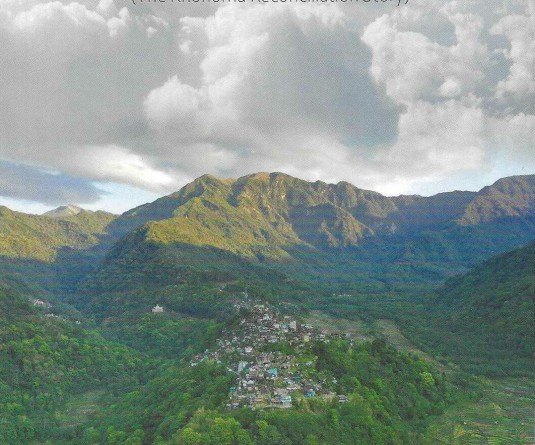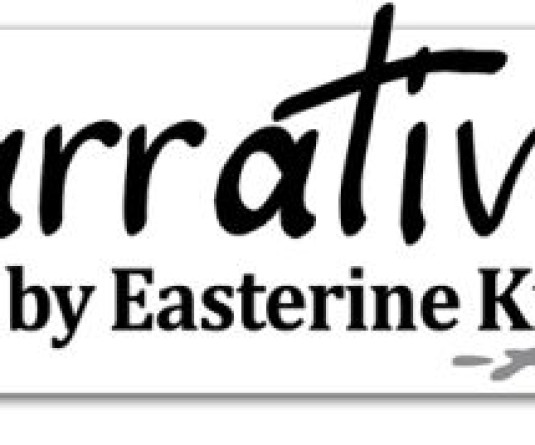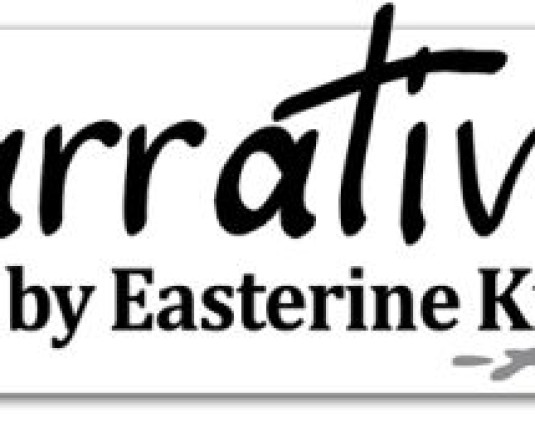
Easterine Kire
Author Shelmi Sankhil talks about ‘the new realities,’ in his debut book, ‘Flame on a Hill’ and the manner in which the community has accepted an uneasy but unavoidable cohabitation. The new realities reflect the shift that has been irrevocably made from a traditional lifestyle of cultivation to a modern one where the education of children is prioritized and a scientific mindset encouraged to replace the old mindset.
The stories show this clash of the old and the new, with the pull of the old world becoming tenuous, but never quite disappearing.
These are stories from Chandel, a district in Manipur. I confess, I googled Chandel while reading the book, but not much was available on that elusive, enchanting district. But this book by Shelmi Sankhilis a door opened invitingly into Chandel, so read this book instead. I have now travelled to Chandel, entered houses of Lamkang and sat in homes where load shedding had plunged everything into darkness and spirits came visiting easily.
The author mentions the three eras he has covered - the pre-colonial, the colonial with stories from WWII and the period from the 60s covering the Indo-Naga conflict. Explaining that although many of the stories are primarily from Lamkang, where the author hails from, he asserts they could be stories representative of all the other tribes and villages in Chandel district for their experiences are greatly similar.
The other tensions that appear belong to a category of its own and comes out very clearly in the story ‘The fear of the valley.’It is the strained connections between the two people groups that inhabit Manipur, generally known as the hill people and valley people; the Meitei policeman stopping the taxi asks questions suspiciously;when the passenger who is a hill person responds,he sounds weak or evasive and is vulnerable to wrong interpretation. It’s a story that keeps you on the edge of your seat until their car is finally waved away without the imagined worst-case scenarios coming to pass.
The tension comes to the forefront again in the exchanges between the civilians and the army men posted in Manipur, and the civilians and the Naga nationalists, in the story, ‘A Captain, a havildar and myself.’ The author accepts a lift from a Captain in the Indian army, and is afterwards subjected to questioning by a person possibly a NSCN soldier. Travelling to Imphal their bus is stopped and they are searched. He says, ‘I wondered how my people put up with this stop-and -search nonsense every day.’ But this is a reality that his people negotiate every day.
The co-existence of the old religion and its truths with the new religion, Christianity, and its prohibitions throws up all kinds of questions. What is the source of both? Could they not possibly have the same source when both can operate without one cancelling out the other? These are existential questions in many indigenous societies and the only solution is the indigenous way. And indigenous societies know coexistence in a deeper way that modern society has not grasped. It is not throwing off one for the other; it is acknowledging the principles that operate in both, the healthy respect of the invisible world, and knowing how to tread a moderate path that avoids arrogance and disrespect of either worlds. For the Kdims also indisputably wield power, like the one that cured the protagonist Rengshel in the story ‘Return’ with a preparation where black turmeric is the only known ingredient. It breaks the pull of the spirit world on the physical world. Kdims or shamans are seen as so powerful they can control the weather and summon inclement weather to provide victory to the native people.
Yet sometimes choosing to be treated by kdim knowledge instead of modern medicine ends in tragedy as in the story, ‘Goodbye my sons,’ giving rise to the tension again.
The story ‘Unforgettable’ poses the tension between the new and the old world even more sharply, with the villagers and the pastor adhering to the traditional custom of not allowing apotia death victims into village grounds. The orphan Koyong’s heartbreak of losing both parents is compounded by the pastor’s refusal to give them a proper funeral with the attendant rituals. It is only ten years later that a young pastor solves the debate saying that as Christians, there was no need to adhere to this custom.
Even though they live so far from the civilized world, History relentlessly happens to them: The Second World War brings Japanese Fighter planes that fly above their villages and drop bombs in their areas; British soldiers walk through their lands, inviting enemy fire and enemy attacks, and fifteen years after the Japanese have left, the Indo-Naga conflict and the AFSPA puts innocent villagers in mortal danger again. The Naga-Kuki conflict comes in the 90s, one conflict ends and another begins, or two conflicts could be going on simultaneously, for example the Naga-Kuki conflict being fought out by the two groups while the Indo-Naga conflict between the Indian army and the NSCN rages in the background.
Writing about the pre-colonial period, Pemberton’s visit in ‘First gaze,’ he shows how the colonists extend their governance with no thought given to the native land owners. The Lamkang narratives around the Second World War cleverly depict how it was for the villagers when western powers descended on their lands and fought a war that had nothing to do with them. The stories also act as unofficial accounts of the V-Force in the hill areas.
Shelmi reminds us that under historical fiction, the stories are not pure history or purely fictional. He uses the format of fiction to tell stories grounded in historical events. One such example is the story of Lamkang village mowed down by Punsiba, king of Moirang. Afterwards, the villagers ignored taboo and rebuilt their village in the same site.
Shelmi uses cultural memory and unwritten village history, those two fascinating narratives to bring his radiant stories together. The village was not without its heroes: Angtoi the bear-wrestler, Thanmok the leopard slayer and Darpu the man who killed a giant python with a pocket knife, among others.
‘Spirited Away,’ a story of Kvarpaam village, is delicately beautiful. It belongs to the category of sky husband-earth wife stories of unusual marriages between denizens of both planes. It will find variants of the same story in other Naga villages. Makes one wonder what was the ‘truth’ behind being spirited away. Did sky people really take away some chosen ones? Or were the stories of spirit husbands and spirit wives told to hide uglier realities of mental sickness, or worse? The unbeliever will always question. The believer will continue to believe. I am a believer. It is the best way to negotiate the eternal tension.
Akpanpak Chaakka Shelmi.






